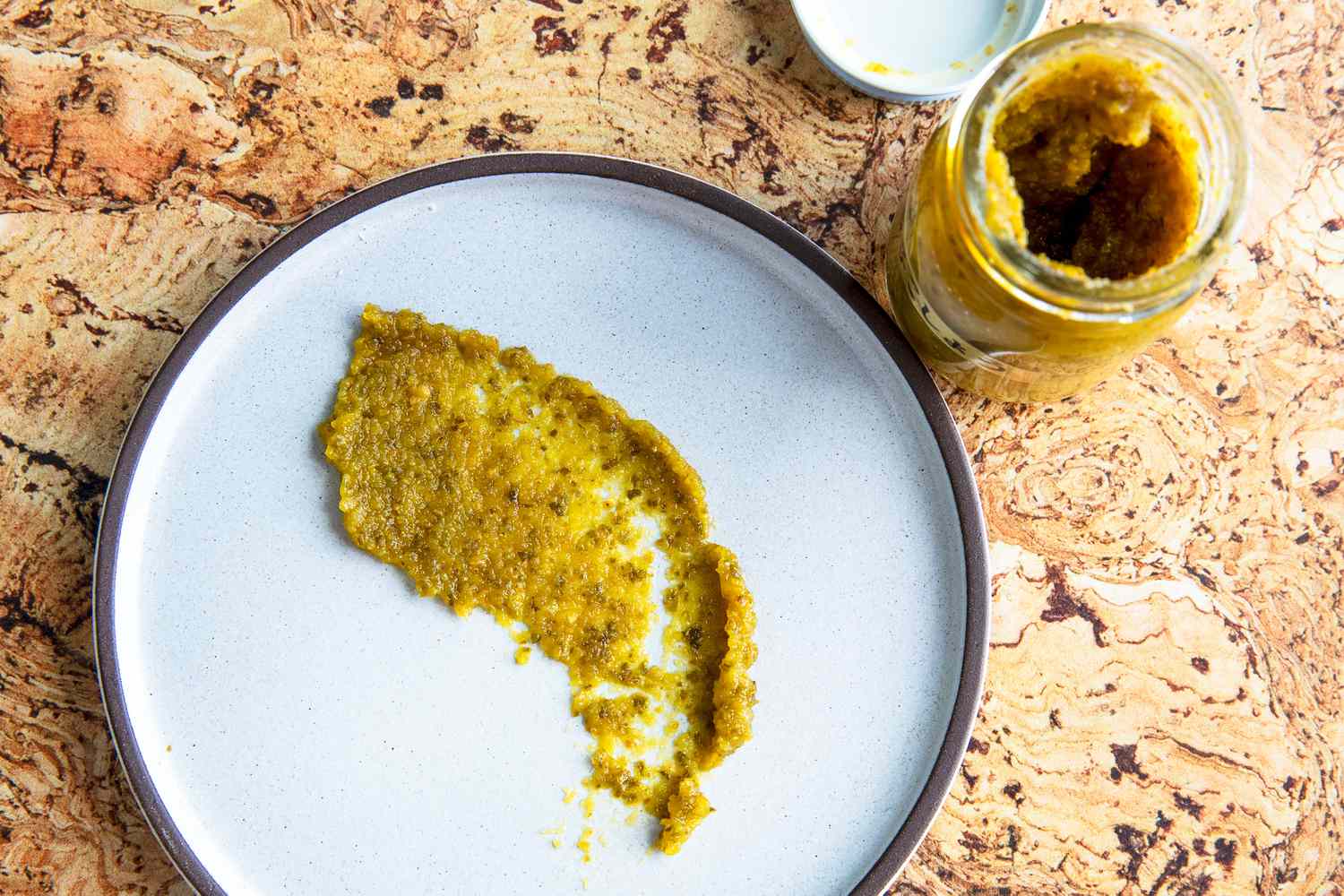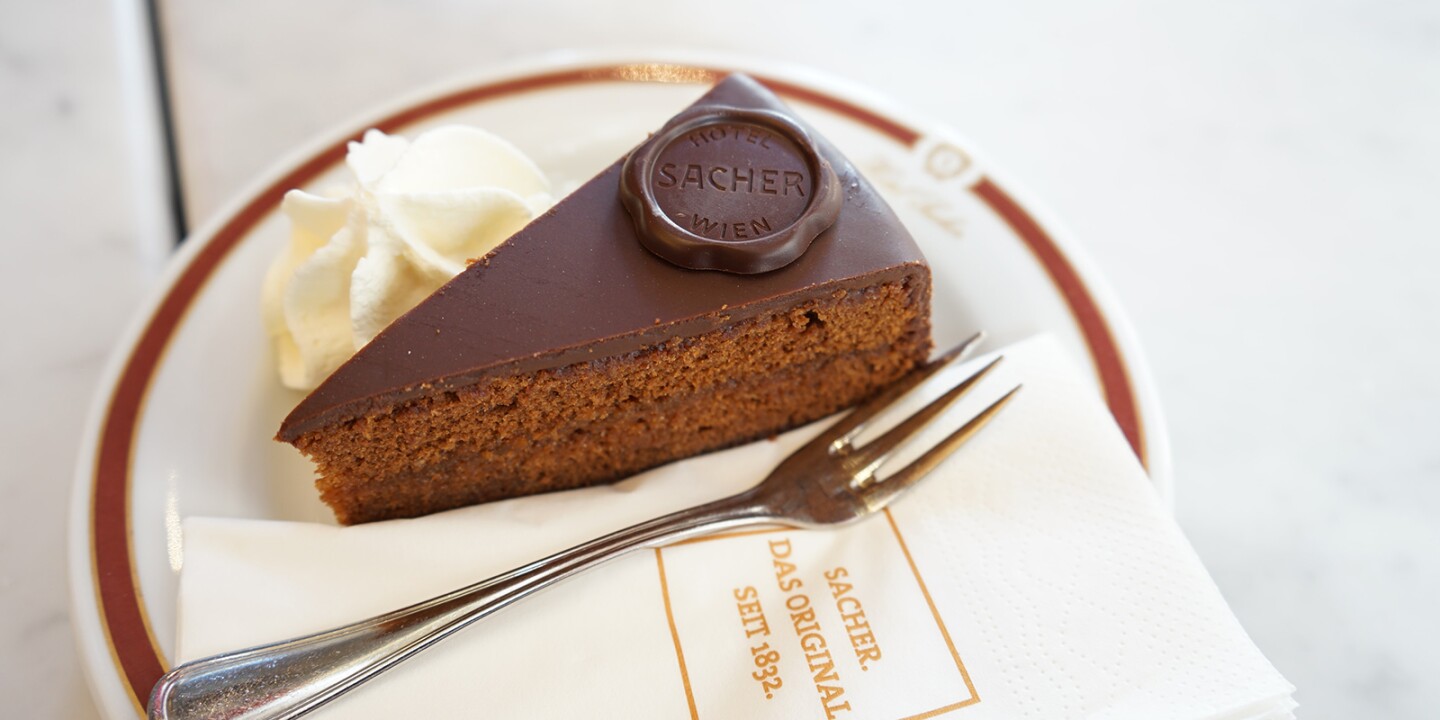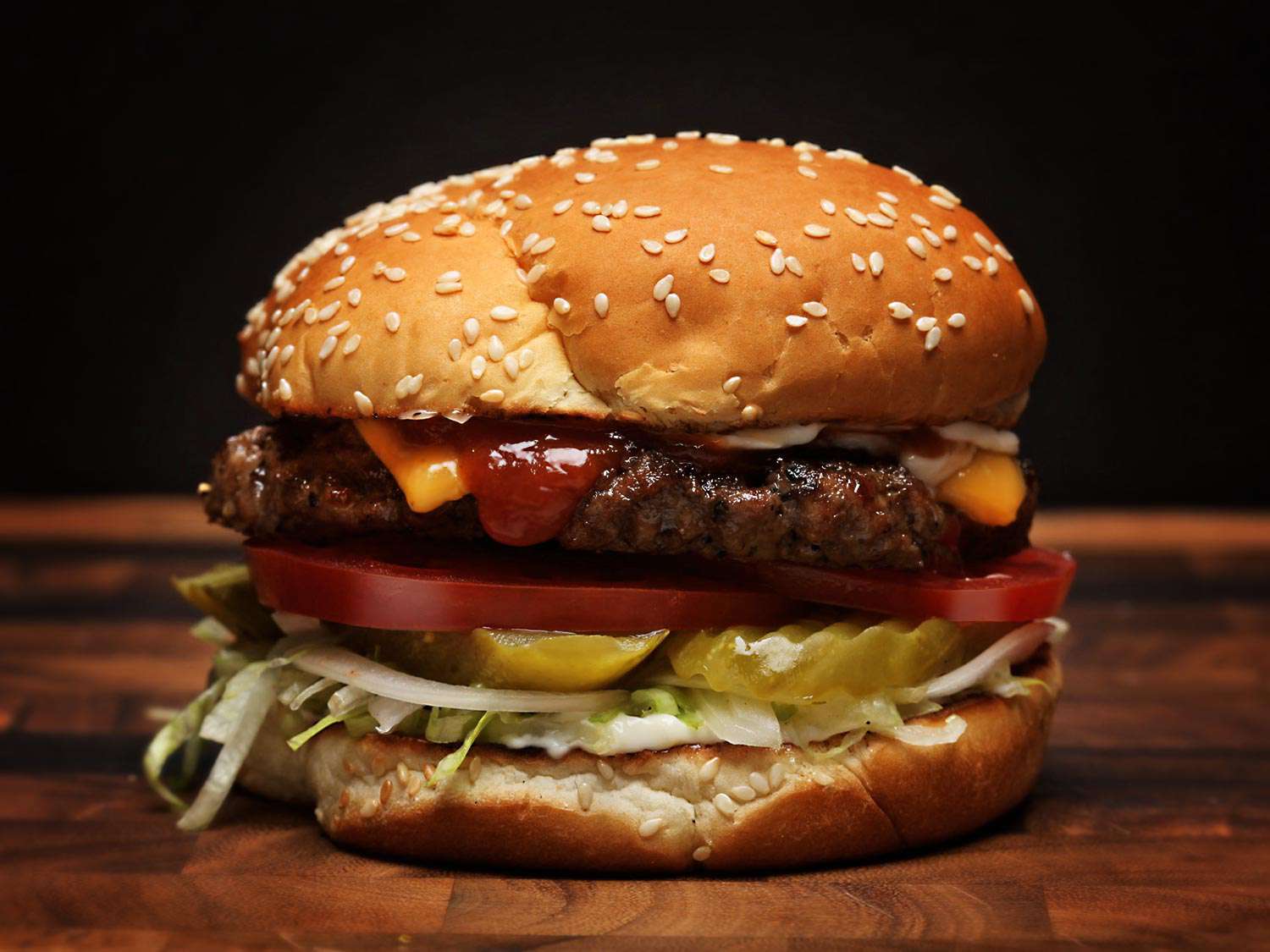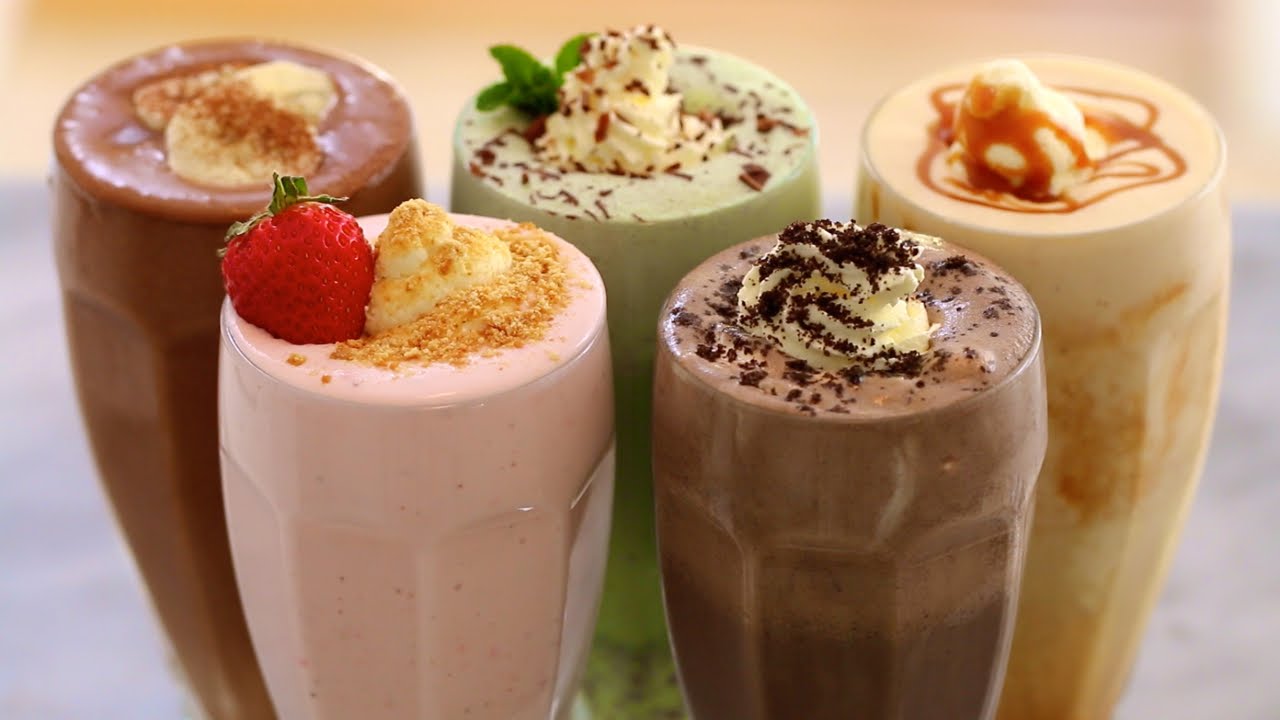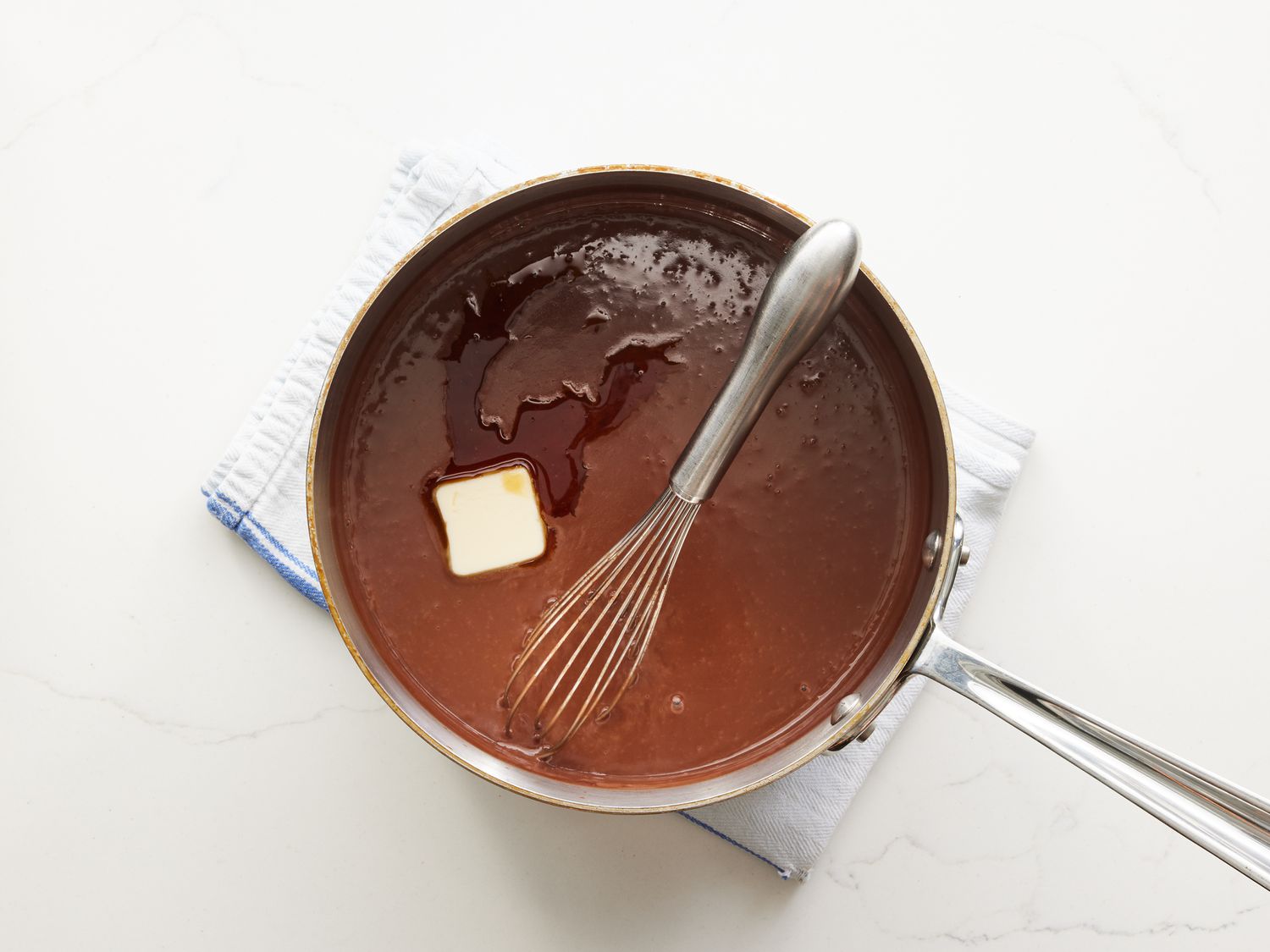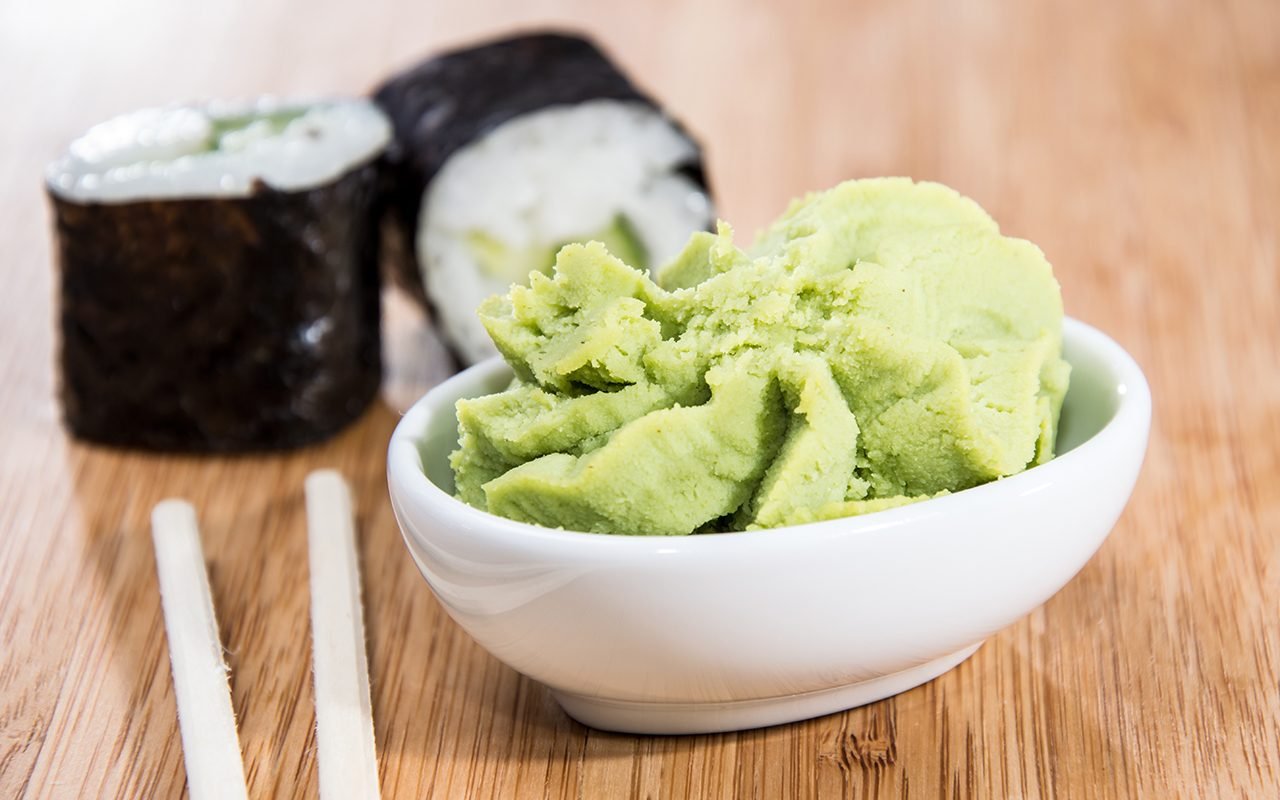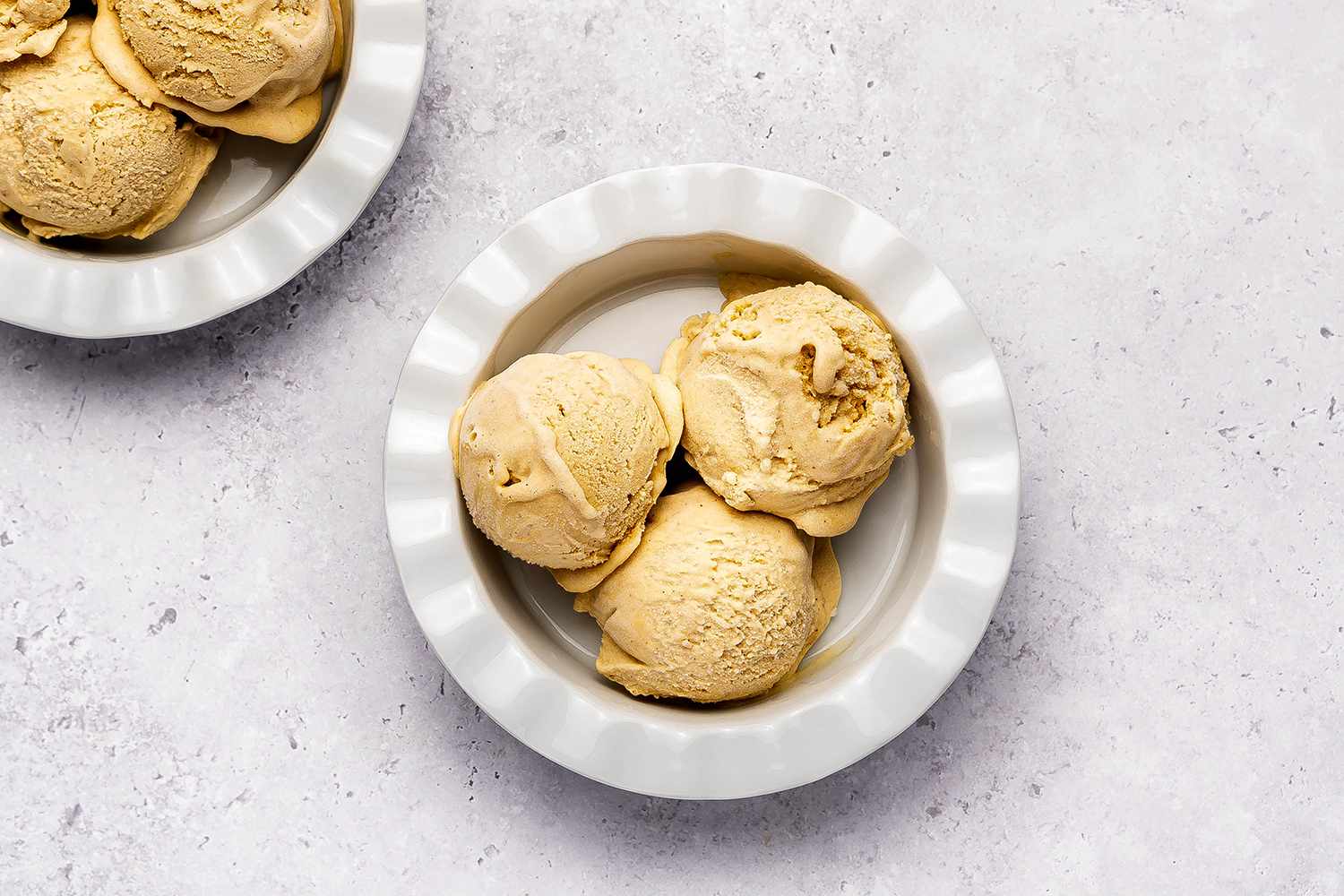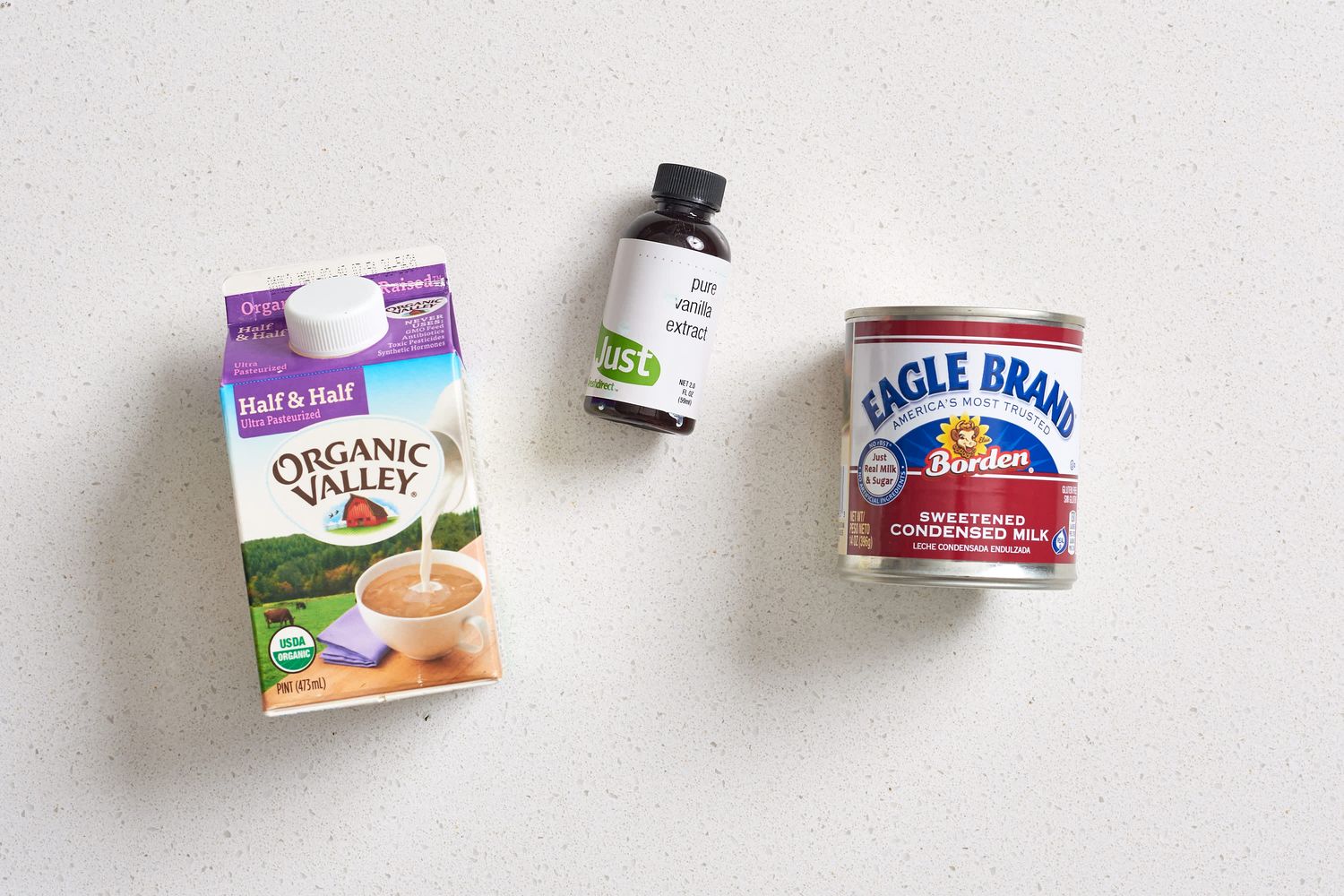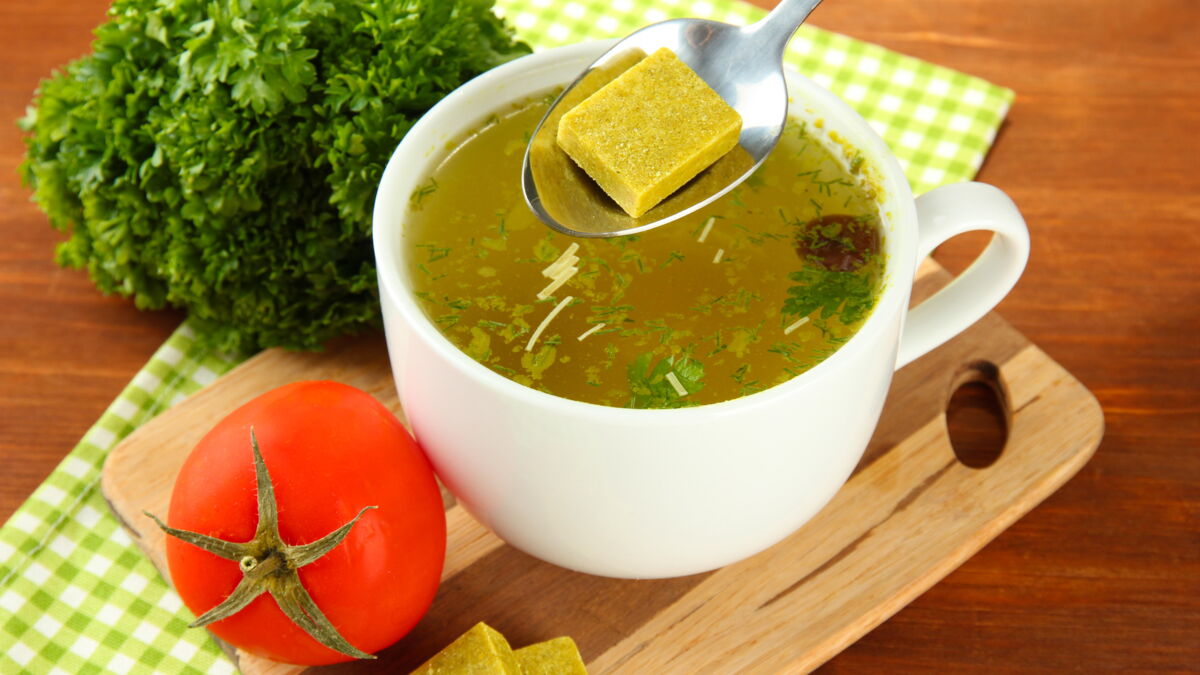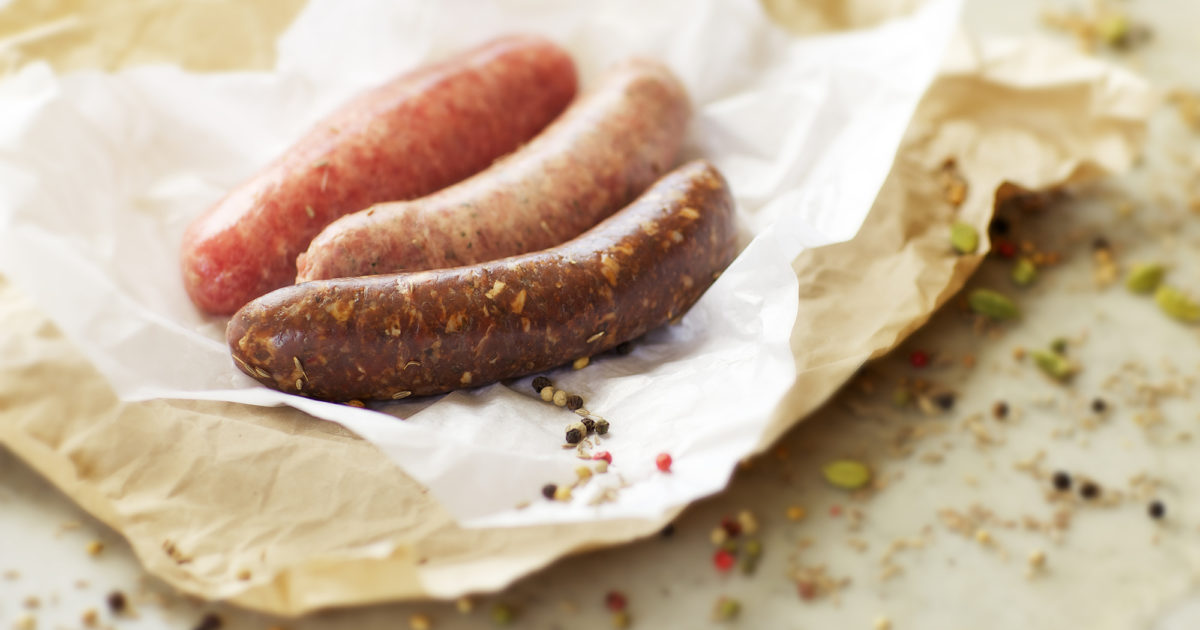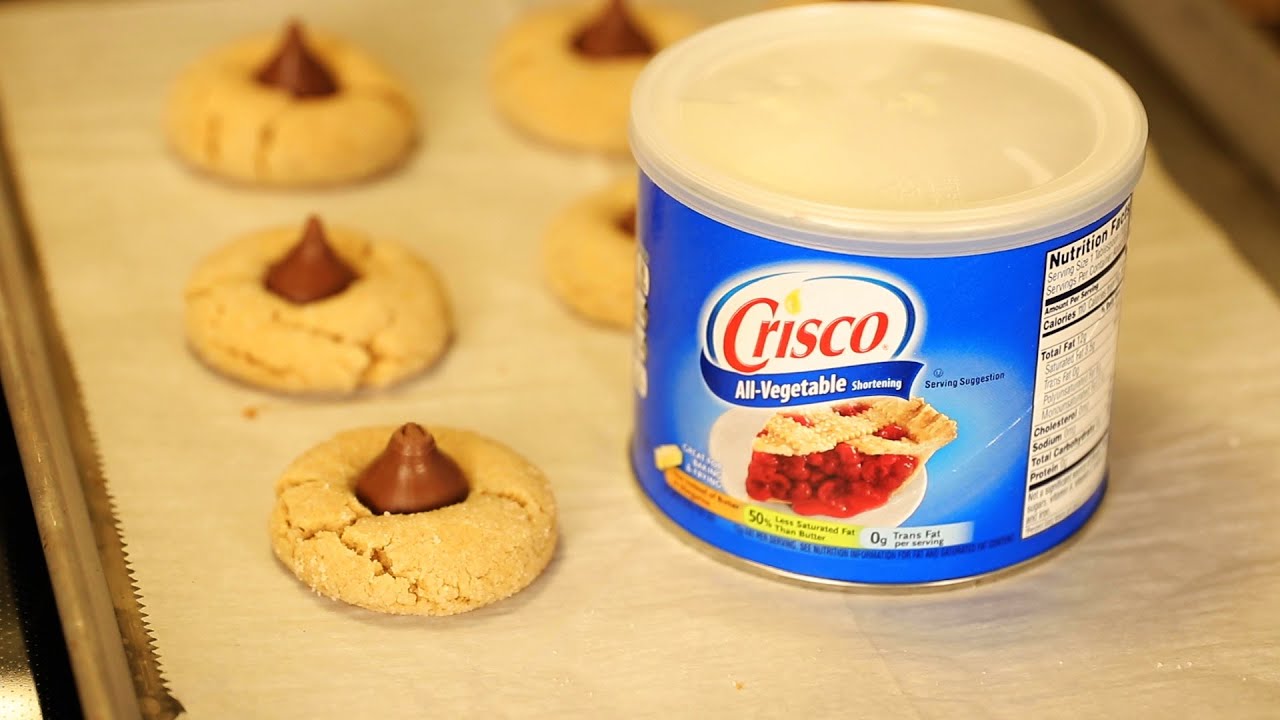Discovering the Delightful World of Spoon Cakes
Have you ever heard of a spoon cake? If not, you’re in for a treat! Spoon cakes are a delightful and easy-to-make dessert that has been a favorite in many households for generations. In this article, we’ll explore what exactly a spoon cake is, how it’s made, and why it’s such a beloved sweet treat.
What is a Spoon Cake?
A spoon cake is a type of cake that is so moist and delicious that it can be eaten with just a spoon, hence the name. It’s a cross between a cake and a pudding, with a soft and gooey texture that is simply irresistible. Spoon cakes are often made with simple ingredients like flour, sugar, butter, and milk, and they can be flavored with a variety of add-ins such as fruit, chocolate, or nuts.
How to Make a Spoon Cake
Making a spoon cake is incredibly easy and requires just a few basic ingredients. Here’s a simple recipe to get you started:
- Preheat your oven to 350°F (175°C) and grease a baking dish.
- In a mixing bowl, cream together butter and sugar until light and fluffy.
- Gradually add in flour and milk, alternating between the two until well combined.
- Stir in your choice of flavorings, such as vanilla extract, cocoa powder, or chopped fruit.
- Pour the batter into the prepared baking dish and smooth the top with a spatula.
- Bake for 30-35 minutes, or until the top is golden and a toothpick inserted into the center comes out clean.
- Allow the spoon cake to cool slightly before serving.
Why Spoon Cakes Are So Beloved
There are many reasons why spoon cakes have become a beloved dessert in many households. Here are just a few:
- Easy to Make: Spoon cakes are incredibly easy to make, requiring just a few basic ingredients and minimal effort.
- Moist and Gooey Texture: The soft and gooey texture of spoon cakes sets them apart from traditional cakes, making them a unique and indulgent treat.
- Versatile: Spoon cakes can be flavored in countless ways, allowing for endless creativity in the kitchen.
- Comforting and Delicious: There’s something undeniably comforting about digging into a warm spoon cake, making it the perfect dessert for any occasion.
Whether you’re a seasoned baker or a novice in the kitchen, spoon cakes are a delightful and satisfying dessert that is sure to become a favorite in your home. So why not grab a spoon and give this delectable treat a try?
Happy baking!
Was this page helpful?
Read Next: What Is Washington Apple
